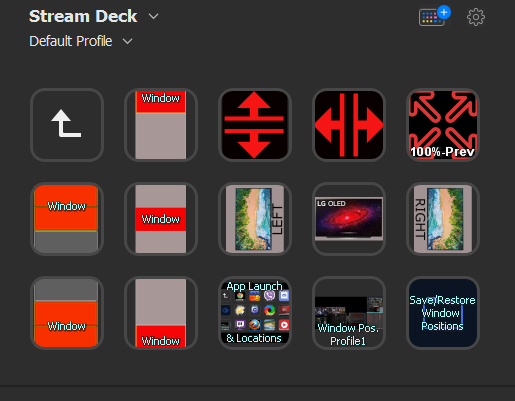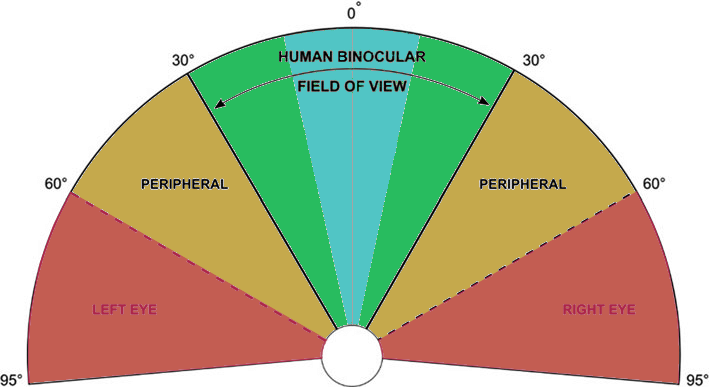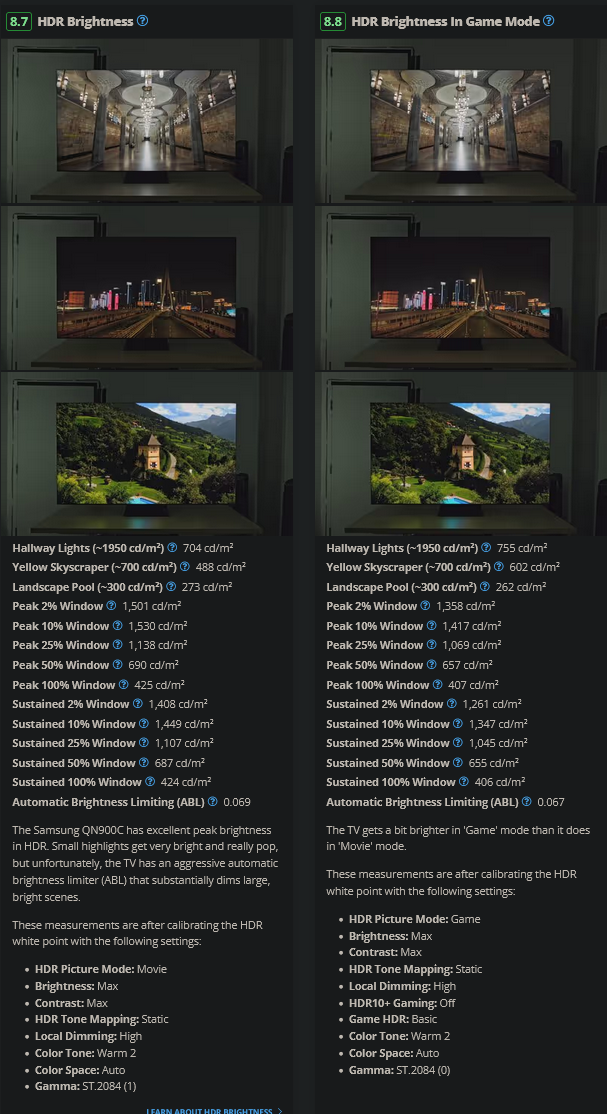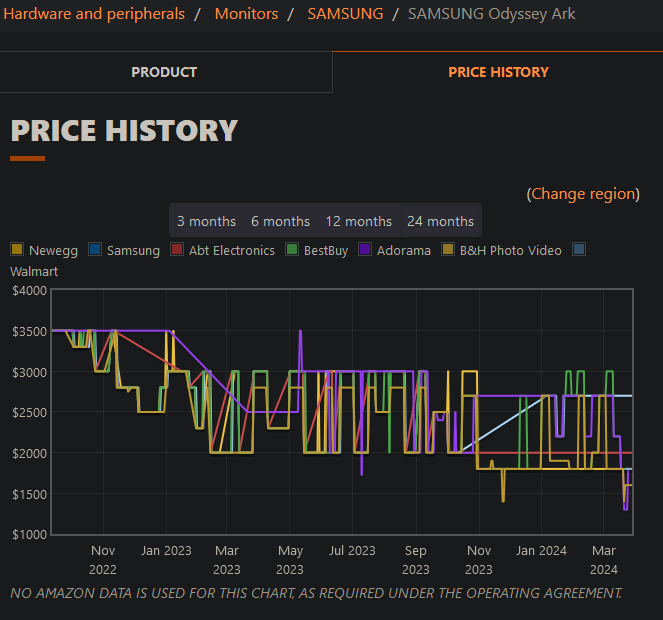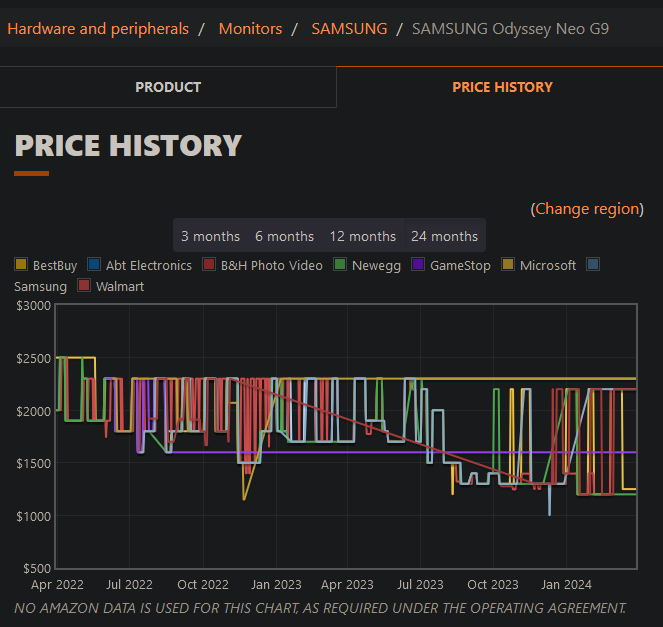elvn Have to ask, since you are obviously interested in 8K, have you ever actually owned one? At least I have bought, owned and returned a few but it seems like few actually have (for good reasons)  At least in the EU we have no restocking fees which makes it kind of risk free to buy and try, not sure if that is always a thing in the US.
At least in the EU we have no restocking fees which makes it kind of risk free to buy and try, not sure if that is always a thing in the US.
With the QN900C being on sale again and me being doubtful if the QN900D actually comes with some real advantages, I am finding myself considering trying out the QN900C again. I am obviously sick and need help
With the QN900C being on sale again and me being doubtful if the QN900D actually comes with some real advantages, I am finding myself considering trying out the QN900C again. I am obviously sick and need help
![[H]ard|Forum](/styles/hardforum/xenforo/logo_dark.png)
